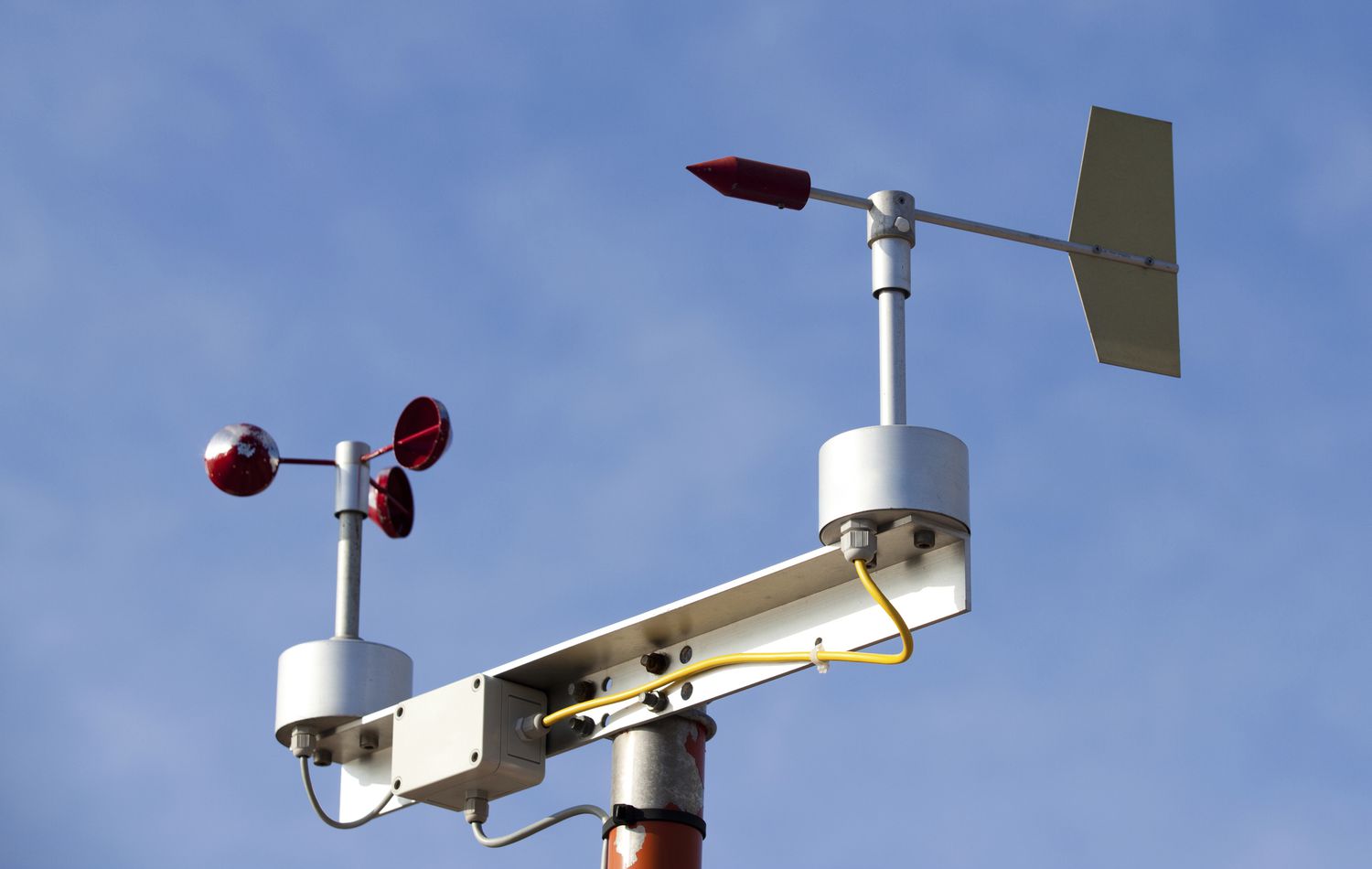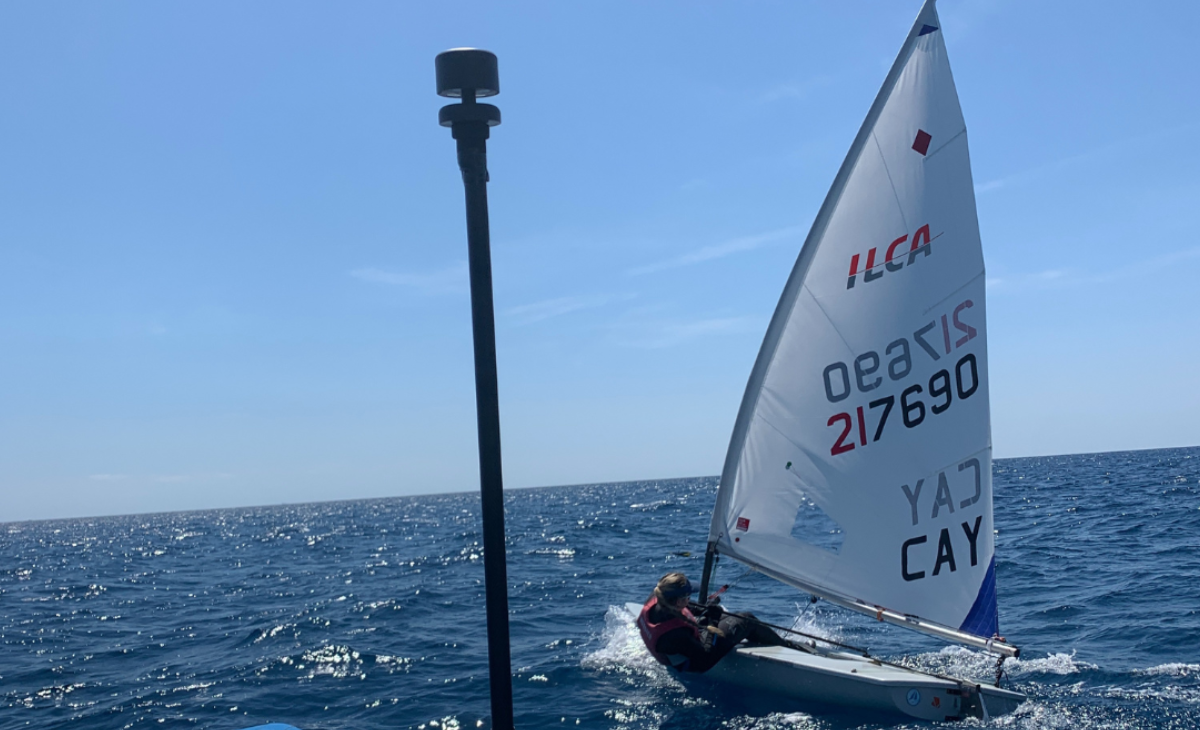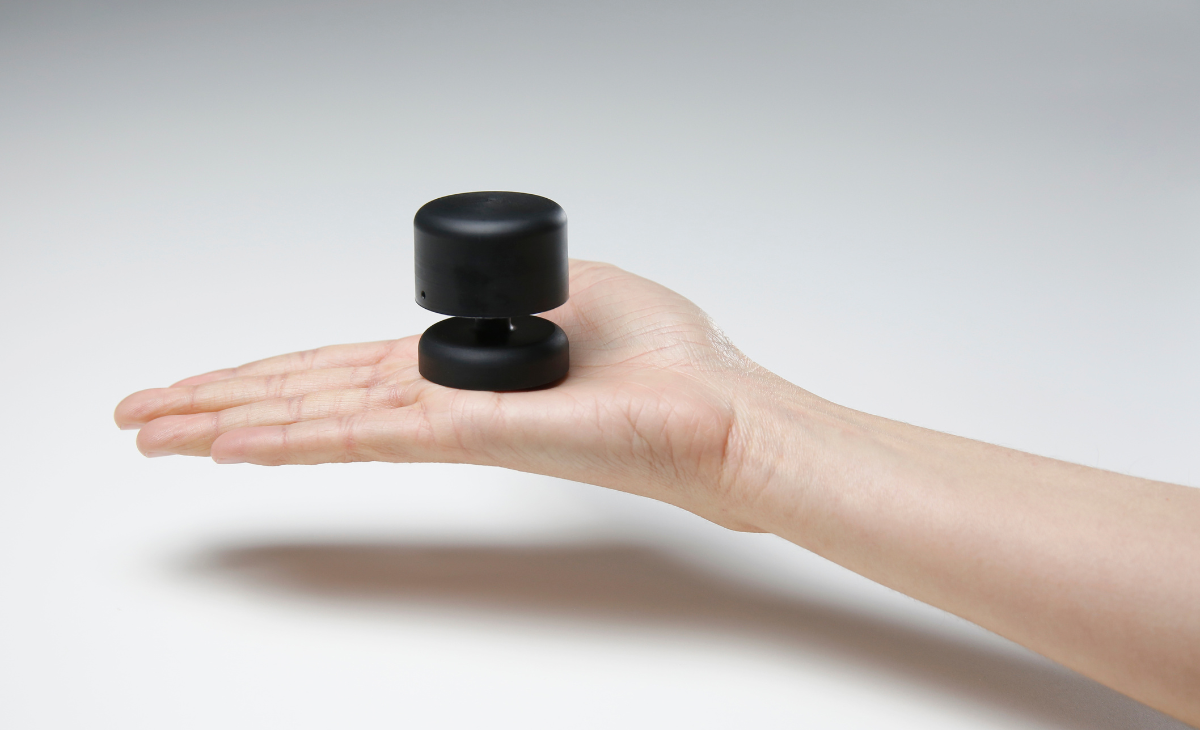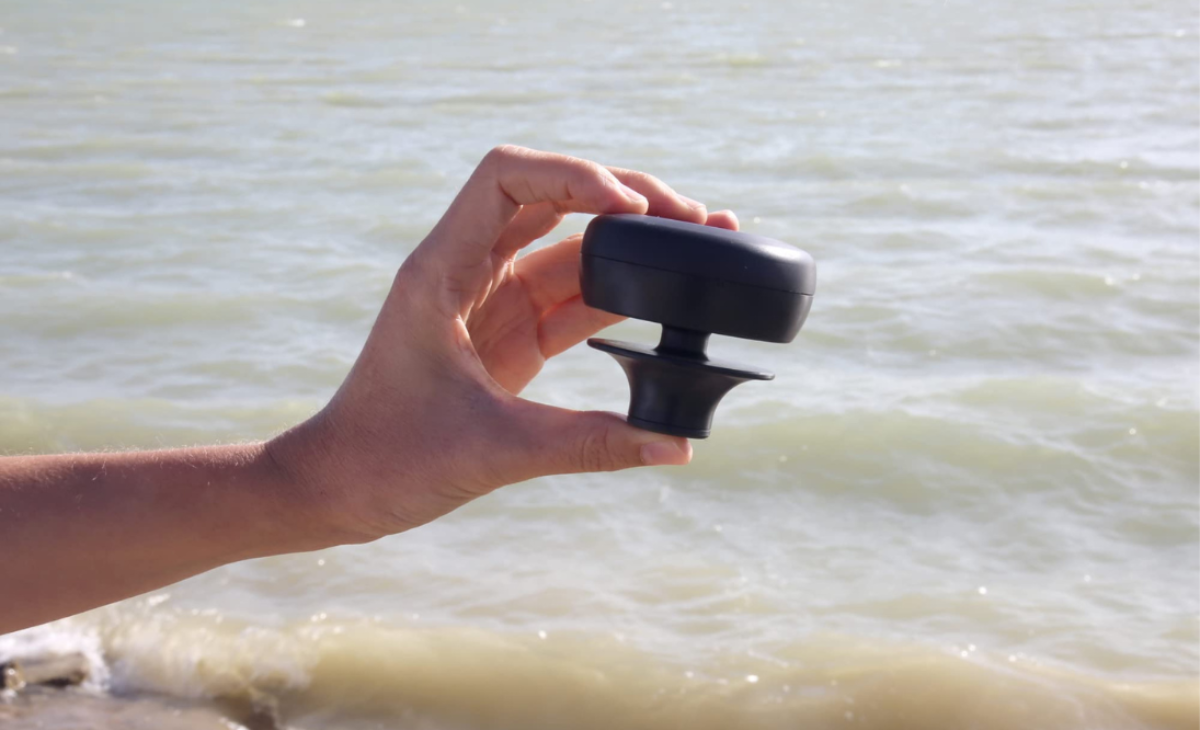When it comes to wind measurement, the technology you choose can significantly impact accuracy, maintenance, and overall performance.
If you're torn between mechanical and ultrasonic wind meters, this guide will help you understand their differences and why ultrasonic wind meters often come out on top.
Mechanical Wind Meters: The Traditional Choice
How They Work
Mechanical anemometers typically feature rotating cups or vanes that catch the wind. The rotational speed of the cups measures wind speed, while a vane aligns with the wind direction.
Key Benefits
Simplicity and Reliability: Mechanical wind meters have been around for a long time and are straightforward to use. They are trusted by many due to their long history of reliable performance.
Cost-Effective: Initially, mechanical anemometers are generally less expensive than their ultrasonic counterparts, making them an attractive option for those on a budget.
Drawbacks
Wear and Tear: The moving parts in mechanical anemometers are prone to wear and tear, which means they require regular maintenance and can have a shorter lifespan than ultrasonic models.
Delayed Response: In conditions where the wind direction and speed change rapidly, mechanical meters can be slow to react. The physical inertia of the moving parts leads to delays in measurement updates.
Limited Precision: While they are accurate for steady wind conditions, mechanical anemometers can struggle with the precise measurement of gusts and turbulence.
Ultrasonic Wind Meters: The High-Tech Solution
How They Work
Ultrasonic anemometers use high-frequency sound waves to measure wind speed and direction. They consist of transducers that send and receive ultrasonic pulses.
By calculating the time it takes for the sound waves to travel between the transducers, the device accurately determines wind speed and direction.

Key Benefits
Maintenance-Free Operation: Ultrasonic wind meters have no moving parts, which means there's nothing to wear out or require regular maintenance. This makes them incredibly reliable over long periods.
Instant Response: Unlike mechanical sensors, which can lag in rapidly changing conditions, ultrasonic meters provide immediate and precise measurements. This instant response is crucial for applications where real-time data is essential.
Exceptional Precision: The technology behind ultrasonic anemometers ensures highly accurate readings, even in turbulent conditions. This precision is why they are preferred in professional meteorology and aviation.
Durability: Built to withstand harsh weather conditions, ultrasonic anemometers are robust and less likely to be damaged by extreme weather.
Why Ultrasonic Anemometers Are Superior
The shift towards ultrasonic technology in wind measurement is driven by the need for accuracy, reliability, and low maintenance.
Ultrasonic anemometers excel in providing real-time, precise data, which is critical for applications like weather forecasting, aviation, and sailing.
2 Solid Options
Ultrasonic Portable Mini
Ultrasonic Portable Solar

